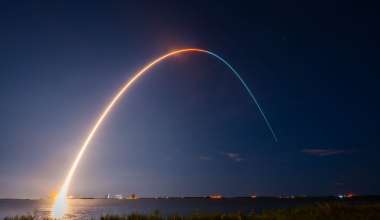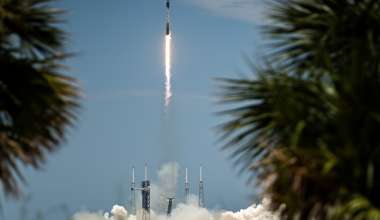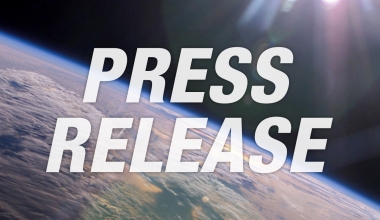Advancing space exploration capabilities has long been an area of intense interest to human civilization, not only for the potential to improve conditions on Earth but also to better understand the mysteries of the universe. Space habitation and in situ resource utilization will play a critical role in enabling the ability to reach even farther into space.
However, even today, human settlement of the Moon and Mars presents numerous practical and logistical challenges. In addition to the rigors of space travel, human settlers will face hostile environments characterized by extreme temperatures and low gravity. While the Earth’s magnetosphere and atmosphere afford protection from solar and cosmic particle radiation as well as meteoroids, no such protection exists on the Moon or Mars, making specialized protective habitats a necessity for human colonists.
The Aerospace Corporation was recently granted a patent for its Regishell Lunar Habitat concept for lightweight, inflatable lunar human habitat structures (airforms) that could be transported in compact, deflated form to the Moon and inflated using any volatile gas that could be generated on-site, such as oxygen. Once inflated, the Regishell could be rigidized with an Earth or lunar-made alkali binder mixed with local regolith, a soil covering comprised of dust and broken rocks that blankets solid rock surfaces, and the mixture could be sprayed on or injected into the inflated structure. The Aerospace Physical Sciences Laboratories (PSL) have conducted experiments to find an appropriate binder material for which even small concentrations could lead to hardening in vacuum and lunar daylight surface temperatures.
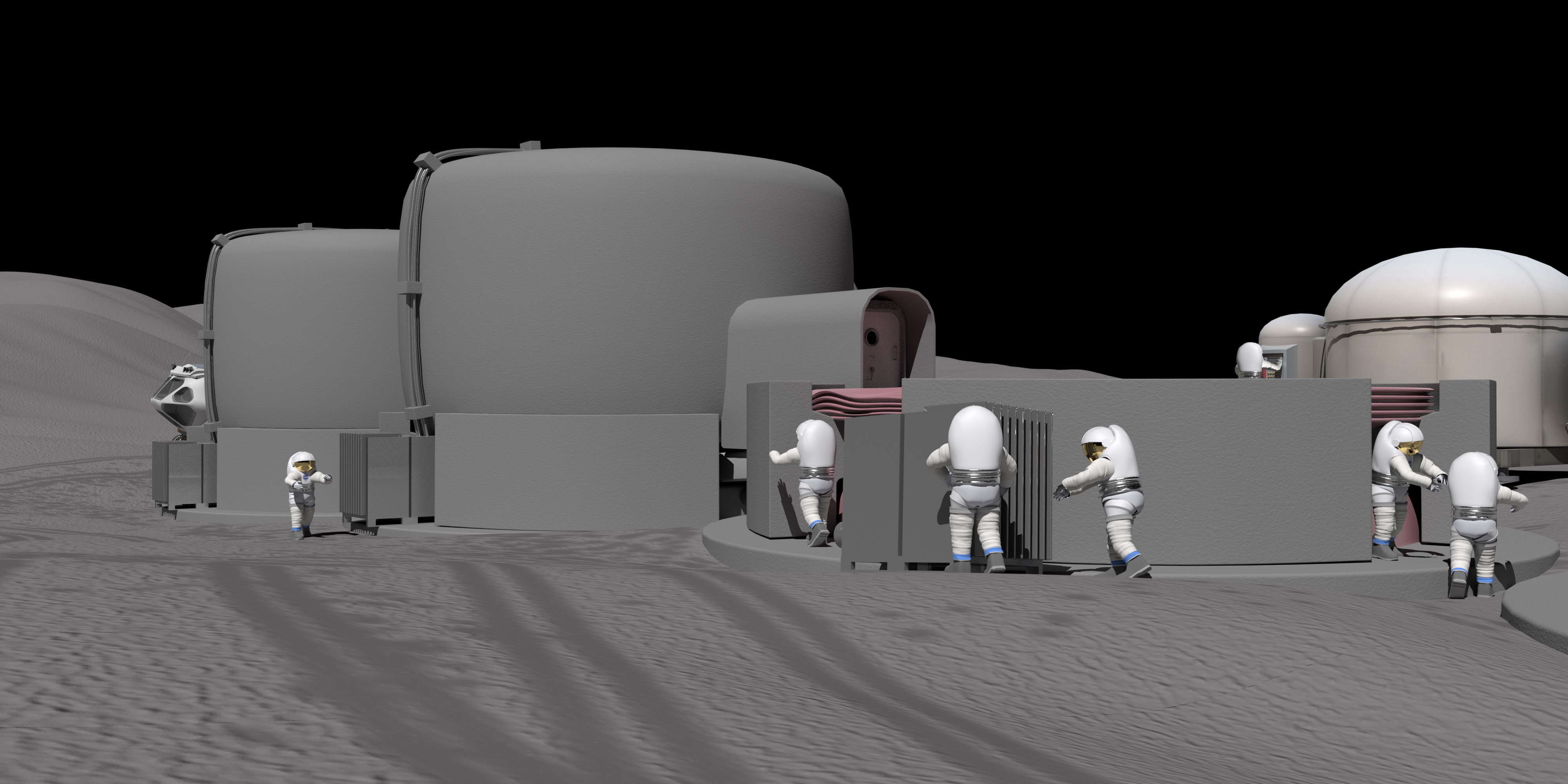
“If we’re really going to establish a base camp on the Moon or Mars, we need to anticipate how base camps will grow and turn into a kind of ecosystem,” said Alli Taylor, Senior Project Leader of the Human Exploration and Space Flight Division. “There’s going to be a lot of construction,” Taylor said. “It’s an area we thought would be good to build Aerospace’s experience and skillset in. The Regishell concept is just the beginning of the process of establishing methods and materials to make this happen.”
Living Off the Land
The immense amount of energy required to leave Earth’s gravitational field places a premium on rocket payload systems, making the transportation of building materials to the Moon or Mars impractical. For years, researchers have explored the idea of enlisting on-site resources to the cause of space exploration. While the Moon and Mars contain a variety of volatiles and minerals of interest to science, a resource they both possess in abundance is regolith.
“We recognize the big challenge of transporting mass to the moon. Bringing the materials needed to build homes analogous to the beautiful ones we have here on Earth is simply not possible,” said Dr. Lael Woods, Systems Director of Aerospace’s iLab. “Reducing payload mass and using local resources were key objectives when we held our Moonfield Summit brainstorming session to develop novel concepts related to lunar exploration.”
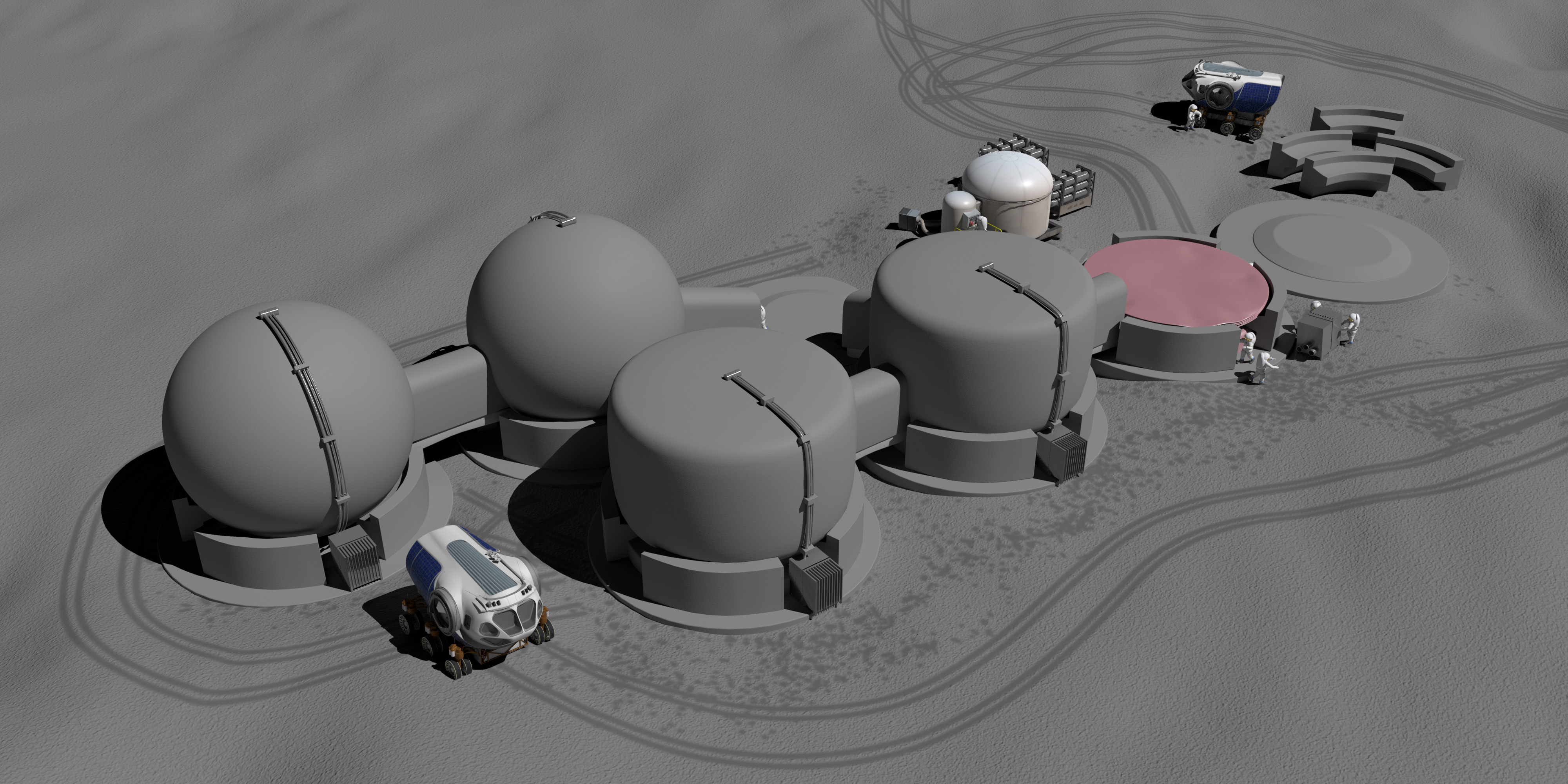
The Regishell habitat concept boasts a number of advantages, including a smaller payload volume to deliver to the Moon compared to other habitat concepts, and lower cost of materials for the same or better radiation protection. In addition, habitats created using the Regishell method can be multilayer structures that can also serve as reservoirs for water to sustain the human inhabitants within.
This water reservoir concept played an essential role in the simulation phase of research conducted by PSL to determine the extent to which Regishell could shield inhabitants from the ever-present threat of radiation.
Shelter in Space
“We looked at what would happen in the event of a solar flare. These events produce huge amounts of radiation, which is very problematic for astronauts,” said Dr. Henry Helvajian, Senior Scientist at the Surface Science and Engineering Department (PSL). “We looked at what would happen during a 14-day stay on the Moon, using a standard 70 kg water-phantom as stand-in for an actual astronaut. We looked to see if a Regishell structure would protect an astronaut from radiation, and from our calculations it appears that it does.”
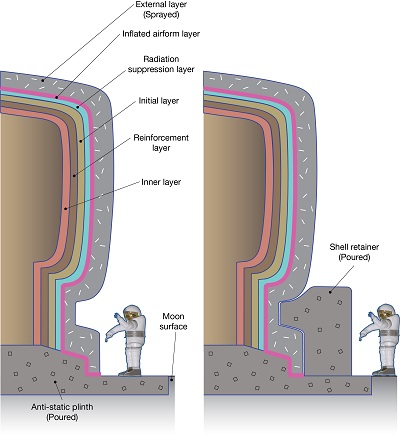
The patented Regishell methodology may ultimately be a pathway for more efficient and less costly space exploration. Members of the team are now exploring techniques for breaking down lunar soil into individual components on the Moon. In addition, the team is now investigating ways to mitigate the problematic characteristics of lunar dust.
“Dust on the moon is ionized and takes the form of shards. This presents problems for human health,” Taylor said. “Since it’s also magnetic, we’re exploring the possibility of creating a tarmac out of modified Regishell that attracts this dust and keeps it out of human habitats.”
While there are numerous technical and logistical hurdles to overcome before lunar and Martian colonies become a reality, new approaches to materials development and the use of on-site resources are critical to making exploration viable.
“The next step is to transition this concept to our colleagues outside of Aerospace,” Woods said. “Ultimately, we aim to continue to use our Ventures investments to prove concepts like this, that facilitate the far-reaching objectives of our customers.”



